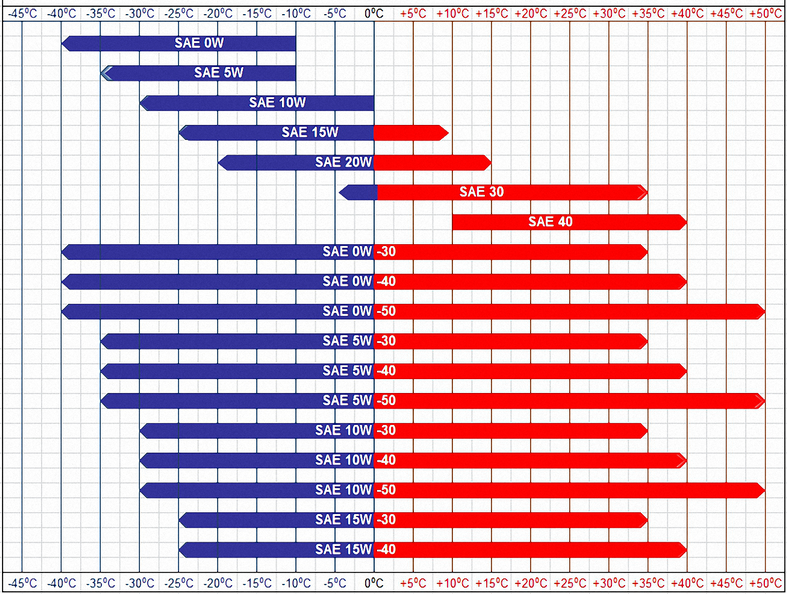David,
High oil pressure will not hurt you.
Low oil pressure will. Whenever you use a high-volume pump, you will get high
oil pressure unless you run a softer oil bypass spring.
Using a high-volume pump and reducing the oil bypass spring pressure will reduce the oil pressure and volume to what the low-volume pump provided.
You can only have high volume and low pressure if you substantially increase bearing clearances, which nobody should do.
My engine, which is different than yours, originally used an OEM pump that produced about 20 psi at idle and 45 to 50 psi at elevated engine speeds. Ford later went to a larger pump that would idle at 55 to 60 psi hot and run to 90 psi at higher engine speeds.
Before Ford came out with their Vitamin ‘C’ enhanced pump, I had decided to use a large volume dry sump pressure stage mounted external to the engine in a typical dry sump mounting style. I chose the pump gear width and the drive pulleys to provide 70 psi when hot at idle. I use a large external pressure relief set at 120 psi. My engine’s oil pressure is between 70 and 120 psi, except when the oil is cold, and I start it. No problems whatsoever. I also have a race-only application, Chrysler, that idles a whisker higher at 75/80 psi hot and runs over 150 psi under power.
The only thing you need to be careful about is oil filters. You need to run a racing filter. OEM filters have much lower burst pressures; you will blow them off the engine or burst them during a cold start. You also want to be sure you have a large enough oil pan. A high-volume pump can pump an OEM pan dry before the oil can return. If you intend to run this type of pump, you should run an eight-quart or larger oil pan.
PostScript
Don’t forget you are observing a cold engine with cold oil pressure right now. If you let the engine come up to operating temps, the oil pressure will go down. I would also give serious consideration to running something better than 10W30. My suggestion would be a 5 or 10W40 or 5 or 10W50, depending on your engine power level and how you drive the car. Here is a chart to help you select your oil viscosity

I believe the above chart is referencing ambient temperatures, not oil temperatures. Nonetheless, it is still a good proxy for viscosity selections. Notice how the chart calls out higher viscosity oils as the temperature scale increases. The higher-viscosity oils perform better at elevated oil operating temperatures.
A 5 or 10 W40 oil would probably be a good choice for your application. The low 5 or 10 rating would mean good lubricity when cold starting, and the 40 or 50 weight rating would mean good protection under load when hot. Don’t shortchange your engine. Parts can be expensive even before you get to the engine repair stage.